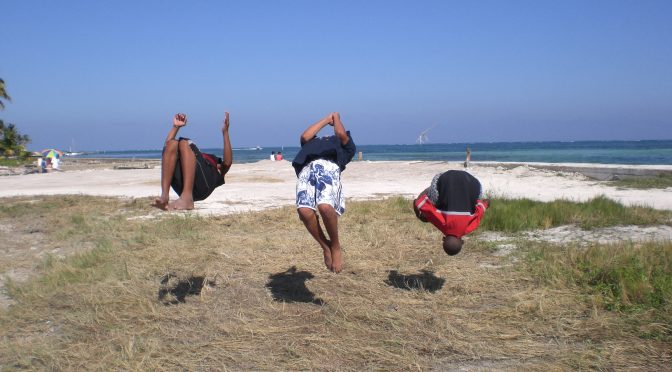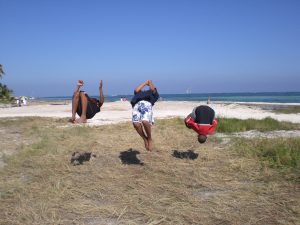So, by now you’ve probably heard of the “flipped classroom” or “flip teaching“. (If not, keep reading!) The idea is that the students do more of the active learner role: first they learn and study on their own, at home or in a study space, possibly with video lessons prepared by their teacher or by doing a hands on activity. Then in the classroom, facilitated by the teacher, they solve problems, do practical work and apply the knowledge they learned on their own. In this more constructivist learning environment, students have been shown to enjoy class more and to favor the new role they have in creating their own knowledge (Rosenberg, 2013).
The following websites provide many examples of how a flipped classroom can work with EFL, ESOL, and ESL students and also offer a variety of ways in which EdTech can be used to facilitate the “flipping” of your classroom.
|
The TESOL International Association itself has published several articles and blog posts on flipped classrooms.
|
The ESL Techies have blogged several times on flipping the classroom for ELLs and even presented at ISTE 2013.
|
Rosenberg, T. (2013, October 9). Turning Education Upside Down. Opinionator: Turning Education Upside Down Comments. Retrieved February 16, 2014, from http://opinionator.blogs.nytimes.com/2013/10/09/turning-education-upside-down/?_php=true&_&_r=1


Leave a Reply